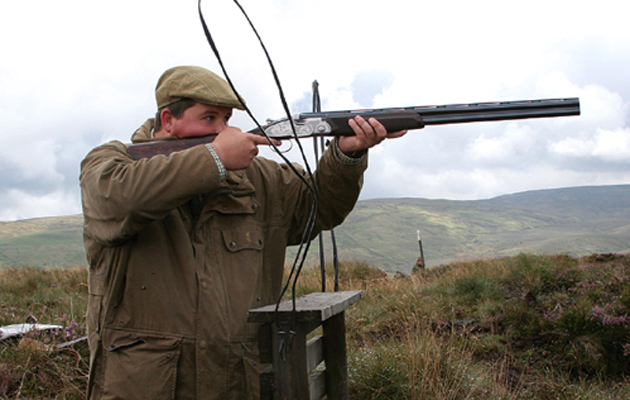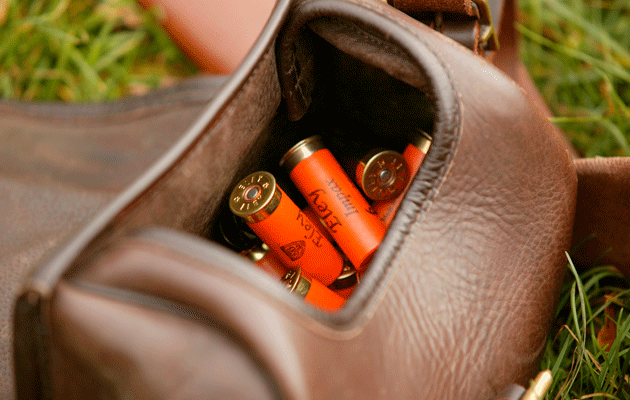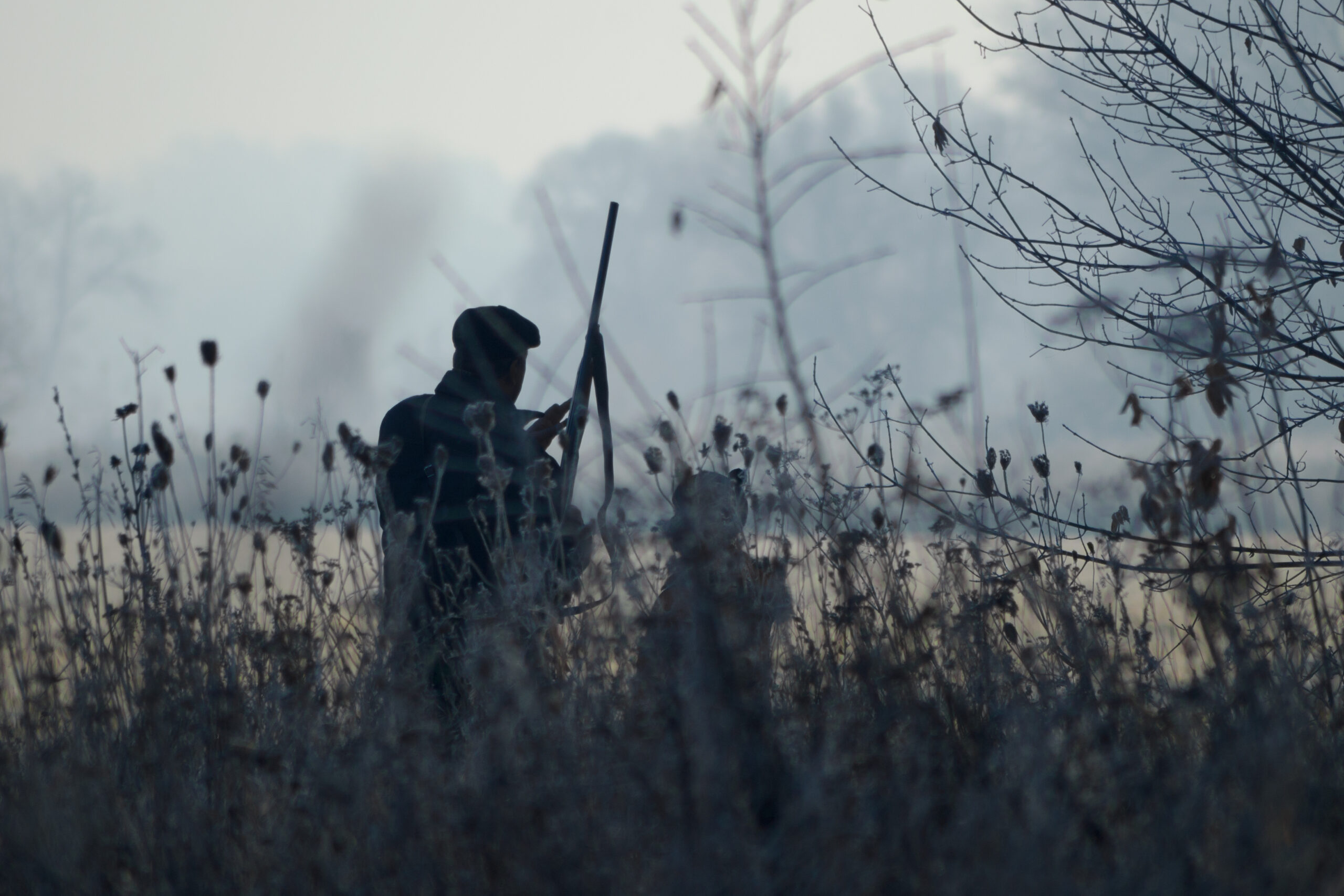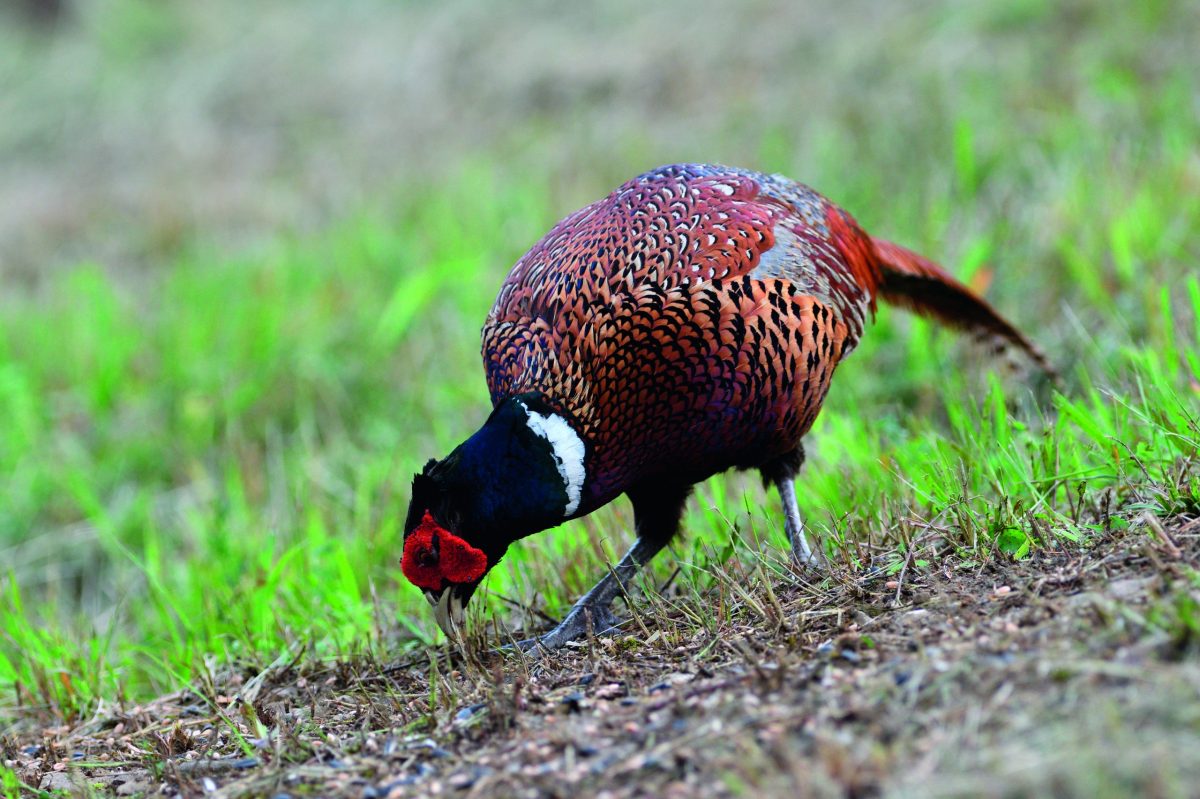Grouse shooting for beginners
Off on your first trip to the moors? Graham Downing advises ...

Here are some top tips and frequently asked questions when you’re starting grouse shooting
The cost of grouse shooting
Walked-up grouse is sometimes dismissed as the poorer relation to driven grouse shooting. If that be the case, then it is poorer only in the amount of hard-earned cash which you have to spend in order to secure it: around £85 a brace as opposed to £130 a brace for driven birds if you buy from one of the commercial agents. That’s still pretty costly to my way of thinking, though there are plenty of deals to be done if you can find an estate which is prepared to negotiate direct. But for the gameshooter who is fit and prepared for some hard hillwalking, and whose spirit is exalted by the changing scenery and the thrill of one-to-one work with a gundog, there can be no finer branch of gameshooting.
Like every other branch of sport, however, successful walked-up grouse shooting requires careful preparation.

How to dress for grouse shooting
It’s best to travel light. A days walking-up will probably cover two, possibly three beats of the hill and, having left your vehicle, you are unlikely to see it again for at least a couple of hours, possibly not even until the end of the day. So a balance has to be struck between on the one hand ensuring that you have with you all the clothing and supplies that you need and, on the other, avoiding overburdening yourself with excessive gear.
When shooting in August, I opt for shirtsleeves and a shooting vest whenever possible, because hillwalking is hot work. Stick a shooting jacket in the vehicle by all means, but leave it there unless conditions are vile and look likely to stay that way. If youre not sure, take a lightweight coat which will roll up tightly and pack into a gamebag. Tweed breeks really are best on the hill.
They provide good protection but allow plenty of ventilation and dry out quickly after a heavy shower. Good footwear is vital, so buy the best boots you can afford. High-leg leather boots with plenty of ankle support for walking through deep heather and a Gore-tex membrane to keep out the water are best. I use Le Chameaus Mouflon Plus boots and find them excellent. Heather stems are very abrasive, and heather litter will always find its way into an open-topped boot, so wear a stout pair of gaiters. The heavyweight zippered canvas variety with an elasticated instep strap will see out three or four pairs of the cheap gaiters bought at the average high street camping shop.
A light gamebag is useful for carrying your piece and that rolled-up jacket, together with any birds you might shoot, but dont take one if there is no need to do so. The keeper will always have a gamebag with him, and there may even be a walker who is prepared to carry a bag on your behalf. I am usually ribbed mercilessly by my shooting companions when I pass my bag on to a compliant walker, but I shoot much better when I do. Probably the ideal solution is a shooting vest with a big pouch at the back, such as Mustos Retriever vest, which will take two or three grouse with ease and yet still allow you a full range of movement without need for a bag flapping at your side.
Which gun and cartridges should you take grouse shooting?
As an arch-traditionalist, I shoot with a light English side-by-side 12-bore, but any gun which is light and quick to mount is ideal. What is essential, though, is to carry a gun with which you are thoroughly familiar, one which becomes part of you when you pick it up and which you can carry all day without tiring. In the first few weeks of the season, there is no need to think in terms of long range and heavy loads, as most shots will be taken inside 30 yards. I have always used an ounce of 7s for grouse and indeed for most game and when placed correctly this load is devastating.

How many cartridges to carry is always a difficult question. A lot of walked-up shooters carry 25 in a cartridge belt and maybe a few spares in a pocket or gamebag. I usually carry a small cartridge bag and transfer cartridges as the day progresses into the right-hand pocket of my shooting vest. I have never yet run out though I have on one occasion been down to my last shell.
Should you take a dog?
A good dog is a huge advantage; a bad one can make the day a disaster. Unlike many other forms of walked-up sport, grouse shooting takes place in open surroundings where you can see miles ahead of you and where your quarry can see you coming. Grouse are wild birds, very fast once on the wing and if your dog quarters too far in front of you, then the birds will rise out of range and you wont get a shot. So hunt the dog close in at 20 yards or less, and make sure it stays there.
Remember, though, that an August grouse day may well be the first time your dog has been in the field since the summer break, and you do not want your precious day ruined by over-enthusiasm. Before heading north, I always try to do a few training sessions, quartering the dog to the whistle in rough grass or stubble, just to sharpen up the reactions and to ensure the brakes are there. This plan works, most of the time.

A team of pickers-up tramp through miles of purple heather on a grouse moor – the more dogs the merrier!
Which breed of dog is best for grouse shooting?
Labradors, springers and cockers all perform well, while one of my friends shoots with a flatcoat which, with its pointing instinct, always gives him a couple of seconds of extra warning when there are grouse ahead. I have even had superb shooting over a Border terrier. Indeed, any well-trained dog which has a half-decent nose will give those vital moments of warning that will enable you to adjust your stride, bring your gun to the ready and focus your attention on whatever lies ahead.
An unruly dog, however, is worse than useless. If yours is liable to hunt out of range or chase birds that get up ahead of the line, then either put it on a lead and give it to one of the walkers or leave it at home.
Having an eye for the moor
So you have lined out at the start of your beat. Intersperse Guns with walkers, if there are any, and try to distribute the dogs evenly down the line. Absolute line discipline is of course essential, for anybody who forges ahead or lags behind immediately becomes a danger to themselves and others, especially when the line moves through broken ground such as hillocks, rocks or peat hags. This means that everyone, walkers included, must be fit.
The keeper will indicate which general direction you will be walking in, but within those parameters, and while still ensuring that the line is evenly spaced, try to cover the most likely looking ground. Grouse prefer ankle-to calf-deep heather, so skirt around the edge of newly burned patches or areas of very short heather if you can, and similarly avoid the rank, old growth. A flush of bilberry quite often signals a place where you need to be on the alert, while of course you will always keep your eyes peeled for fresh grouse droppings which look like green cigarette ends and feathers.
Prime spots on a grouse moor
Try to linger on ridges and rises in the ground if possible, for these enable you to keep an airborne bird in view for longer. Grouse will often hug the surface of the moor and quickly flip out of harms way over a ridge ahead of you. When a bird gets up, be prepared for the second, third or fourth bird to rise from the same patch of ground. Early in the season, grouse will still be in family coveys, and it is a huge thrill to have a covey of eight or more birds rise around you. If this happens, then always try first to pick out the old birds, which are the biggest and darkest of the bunch, and of course avoid unsporting shots at immature birds or cheepers.
If you have a day booked at walked-up grouse this season, then enjoy it. I never fail to remind myself of the privilege it is to be walking across a grouse moor with a gun in my hand, and sometimes I have to pinch myself just to make certain that it’s not all a dream.








